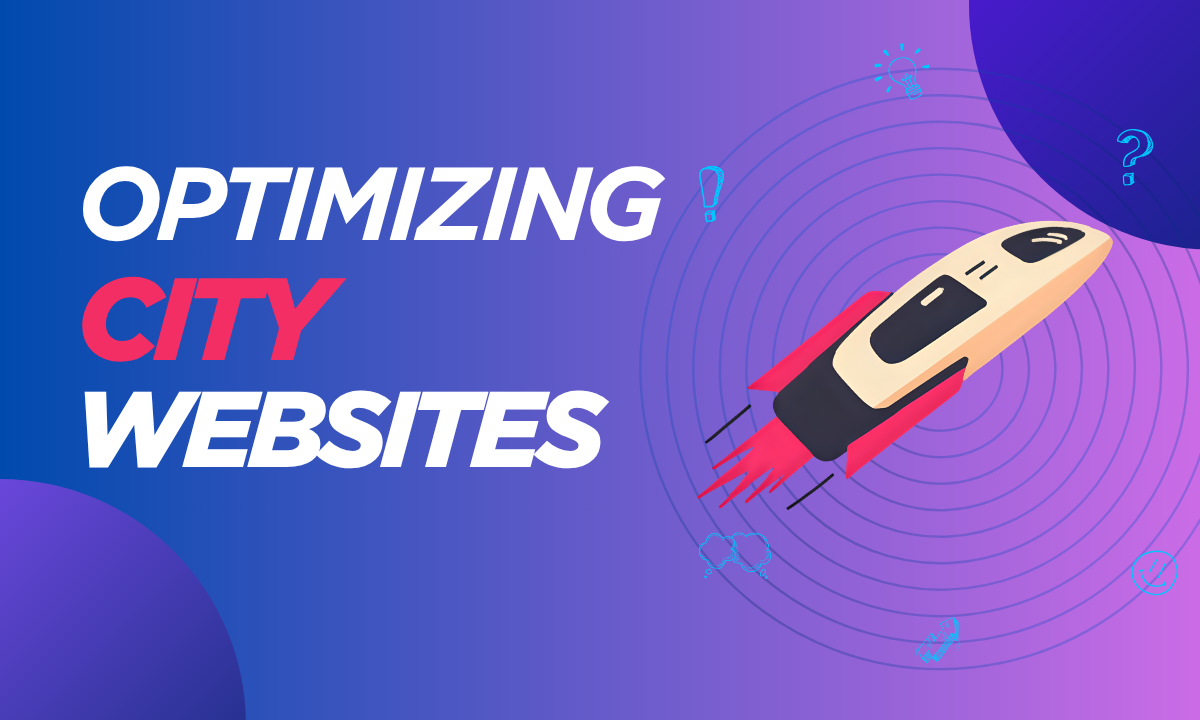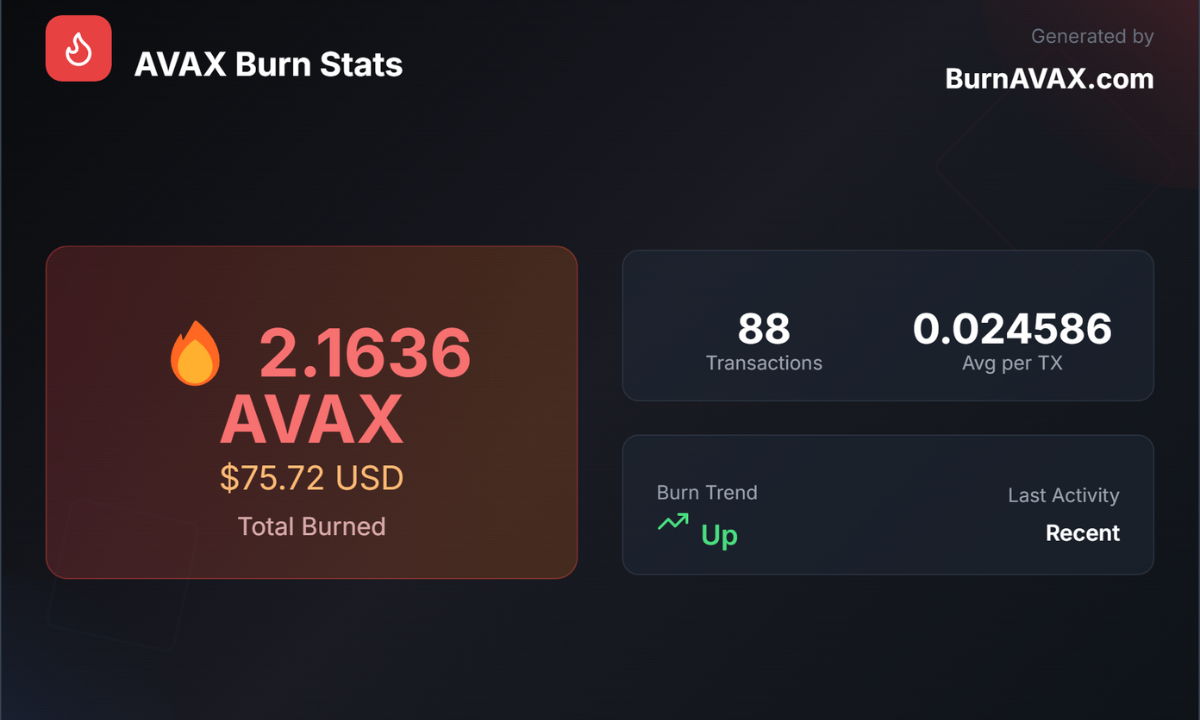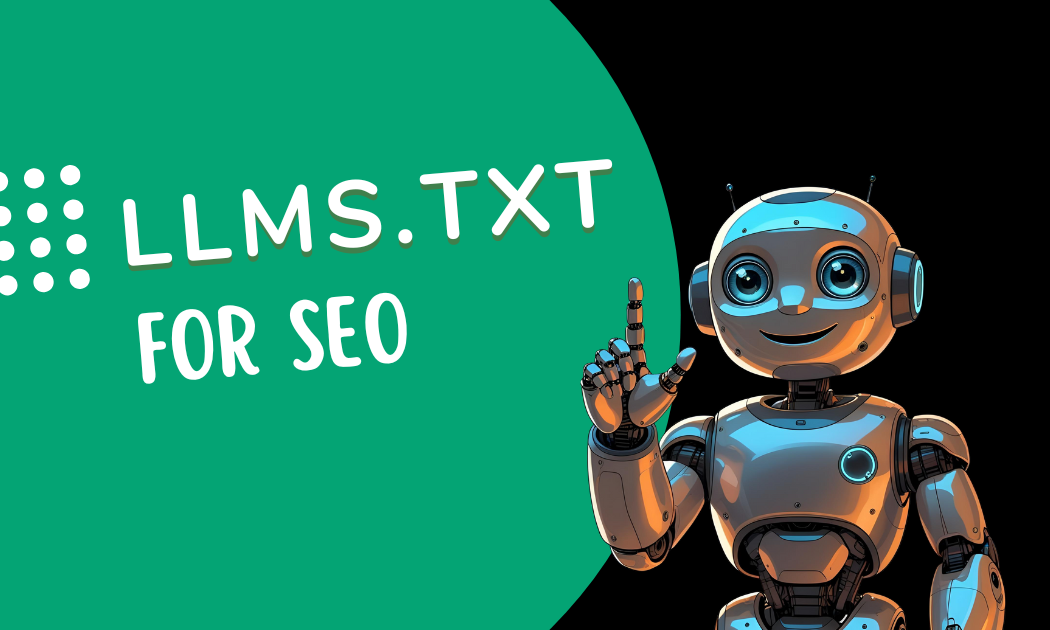Optimizing City Municipality Websites: A Comprehensive Guide
City municipality websites serve as critical digital hubs for residents, businesses, and visitors. These platforms provide access to essential services, local news, and community resources. However, many municipal websites, often built on proprietary site builders, face challenges in performance, accessibility, and user experience due to their rigid frameworks. This guide explores the popular proprietary frameworks used by city municipalities, their strengths and weaknesses, and actionable strategies to optimize these websites for better performance, accessibility, and engagement.
Understanding Proprietary Site Builders for Municipal Websites
Municipalities often rely on proprietary site builders designed specifically for government use. These platforms prioritize compliance with regulations, security, and ease of use for non-technical staff. Unlike open-source solutions like WordPress or modern frameworks like React, proprietary systems offer pre-built templates and tools tailored to government needs. Below are some of the most common proprietary site builders used by city municipalities, along with their strengths and weaknesses.
1. CivicPlus
CivicPlus is a leading platform for municipal websites, offering tools for content management, citizen engagement, and compliance with government regulations.
Strengths:
- Government-Focused Features: CivicPlus provides modules for agendas, permits, and citizen requests, streamlining municipal operations.
- Compliance: Built-in tools ensure adherence to accessibility standards like WCAG 2.1 and data security protocols.
- Ease of Use: Non-technical staff can manage content with a user-friendly interface.
Weaknesses:
- Limited Customization: The proprietary nature restricts design flexibility, often resulting in cookie-cutter aesthetics.
- Cost: Licensing fees can be high, especially for smaller municipalities.
- Performance Issues: Heavy reliance on pre-built modules can lead to bloated code, slowing page load times.
2. Granicus (formerly OpenCities)
Granicus, through its OpenCities platform, focuses on citizen-centric design and digital engagement for municipalities.
Strengths:
- Citizen Engagement: Tools like surveys, forums, and newsletters foster community interaction.
- Mobile Optimization: Templates are responsive, ensuring usability on mobile devices.
- Integration: Seamless integration with other Granicus products for records management and communications.
Weaknesses:
- Proprietary Lock-In: Customizations often require vendor support, limiting flexibility.
- Learning Curve: The interface, while robust, can be complex for staff without training.
- Scalability Challenges: Large municipalities may find the platform less adaptable for complex needs.
3. Vision Internet (Vision CMS)
Vision CMS is another popular choice, emphasizing design flexibility within a government-focused framework.
Strengths:
- Design Options: Offers more design freedom than competitors, allowing for unique branding.
- Support: Comprehensive customer support ensures quick resolution of issues.
- Security: Robust security features protect sensitive municipal data.
Weaknesses:
- Costly Upgrades: Additional features or customizations often incur extra fees.
- Outdated Technology: Some templates rely on older technologies, impacting performance.
- Dependency: Reliance on vendor support can delay updates or fixes.
4. Revize
Revize provides affordable solutions for smaller municipalities, with a focus on simplicity and functionality.
Strengths:
- Affordability: Competitive pricing makes it accessible for budget-constrained municipalities.
- Ease of Updates: Intuitive content management system simplifies updates for staff.
- Accessibility Compliance: Built-in tools help meet ADA and WCAG standards.
Weaknesses:
- Limited Features: Lacks advanced engagement tools compared to CivicPlus or Granicus.
- Basic Design: Templates can feel outdated or overly simplistic.
- Performance: Heavy reliance on JavaScript can slow down sites if not optimized.
Challenges of Proprietary Site Builders
Proprietary site builders, while tailored for municipal needs, come with inherent limitations. Their closed ecosystems restrict access to source code, making it difficult to implement custom solutions. Vendor lock-in often requires municipalities to rely on the provider for updates, customizations, or integrations, which can be costly and time-consuming. Additionally, these platforms may not keep pace with modern web standards, leading to slower load times, poor SEO performance, or suboptimal user experiences.
Despite these challenges, municipalities can take several steps to optimize their websites within the constraints of proprietary systems. The following sections outline actionable strategies to enhance performance, accessibility, SEO, and user engagement.
Optimization Strategies for Municipal Websites
1. Improve Website Performance
Slow-loading websites frustrate users and harm search engine rankings. Even within proprietary systems, performance can be enhanced through careful management.
- Optimize Images: Compress images using tools like TinyPNG before uploading to reduce file sizes without sacrificing quality. Aim for formats like WebP for better compression.
- Minimize JavaScript and CSS: Work with the vendor to streamline code or disable unused modules. If access to code is limited, prioritize lightweight templates.
- Leverage Caching: Enable browser caching through the platform’s settings to store static assets locally, reducing load times for returning visitors.
- Use a Content Delivery Network (CDN): If supported, integrate a CDN like Cloudflare to serve content from servers closer to users, improving speed.
2. Enhance Accessibility
Accessibility ensures all residents, including those with disabilities, can use the website. Most proprietary platforms include accessibility tools, but additional steps can improve compliance.
- Follow WCAG Guidelines: Ensure text contrast ratios meet WCAG 2.1 standards (at least 4.5:1 for normal text). Use the platform’s accessibility checker to identify issues.
- Add Alt Text: Provide descriptive alt text for all images, especially those conveying information like maps or infographics.
- Keyboard Navigation: Test the site to ensure all interactive elements are accessible via keyboard. If issues arise, request vendor fixes.
- Screen Reader Compatibility: Use tools like WAVE to verify that the site is compatible with screen readers, addressing any errors in markup.
3. Boost SEO Performance
Search engine optimization (SEO) helps residents find municipal services online. Proprietary platforms often include basic SEO tools, but further optimization is possible.
- Optimize Metadata: Craft unique title tags (50–60 characters) and meta descriptions (150–160 characters) for each page, incorporating relevant keywords like “city services” or “municipal permits.”
- Use Header Tags: Structure content with H1, H2, and H3 tags to improve readability and search engine indexing. Ensure only one H1 tag per page.
- Improve URL Structure: If the platform allows, create clean, descriptive URLs (e.g.,
/services/permitsinstead of/page?id=123). - Add Internal Links: Link to related pages within the site, such as connecting a news article to a relevant service page, to improve navigation and SEO.
- Publish Fresh Content: Regularly update the site with news, events, or blog posts to signal to search engines that the site is active.
4. Enhance User Experience (UX)
A user-friendly website encourages engagement and reduces frustration. Proprietary platforms may limit design changes, but UX can still be improved.
- Simplify Navigation: Organize menus logically, grouping related services (e.g., “Permits & Licenses” or “Parks & Recreation”). Limit top-level menu items to 5–7 for clarity.
- Add Search Functionality: Ensure the site has a robust search feature, ideally with autocomplete and filters, to help users find information quickly.
- Mobile Optimization: Test the site on various devices to ensure responsiveness. If issues arise, prioritize mobile-friendly templates or request vendor updates.
- Clear Calls to Action (CTAs): Use prominent CTAs like “Pay a Bill” or “Report an Issue” to guide users to key services.
5. Streamline Content Management
Efficient content management ensures the website remains current and relevant, even with limited technical resources.
- Train Staff: Provide training on the platform’s content management system to empower staff to make updates without vendor assistance.
- Create a Content Calendar: Plan regular updates, such as monthly news posts or seasonal service announcements, to keep the site fresh.
- Archive Old Content: Move outdated pages to an archive section to reduce clutter while preserving information for compliance.
6. Monitor and Analyze Performance
Continuous monitoring helps identify areas for improvement and measure the impact of optimization efforts.
- Use Analytics: Integrate tools like Google Analytics (if supported) to track user behavior, such as popular pages or bounce rates.
- Conduct User Testing: Periodically gather feedback from residents through surveys or usability tests to identify pain points.
- Monitor SEO: Use tools like Google Search Console to track keyword rankings and address crawl errors.
Case Study: Successful Optimization in Action
The City of Asheville, North Carolina, optimized its CivicPlus-powered website in 2023, achieving a 30% reduction in page load times and a 15% increase in user engagement. By compressing images, streamlining navigation, and adding clear CTAs, the city improved both performance and accessibility. Regular staff training and a content calendar ensured the site remained up-to-date, demonstrating that even proprietary platforms can deliver exceptional results with the right strategies.
Conclusion
City municipality websites built on proprietary site builders like CivicPlus, Granicus, Vision CMS, or Revize face unique challenges due to their rigid frameworks. However, by understanding the strengths and weaknesses of these platforms and implementing optimization strategies, municipalities can create fast, accessible, and user-friendly websites. From improving performance and SEO to enhancing accessibility and UX, these actionable steps empower webmasters to maximize the potential of their municipal websites, better serving their communities.
For further guidance, municipalities can consult resources like the Web Content Accessibility Guidelines (WCAG) or seek vendor support to address platform-specific limitations. For a full suite of ADA and WCAG compliance products, check out Veduis’s compliance solutions page. With a strategic approach, even proprietary systems can deliver a modern, efficient digital experience for all residents.






